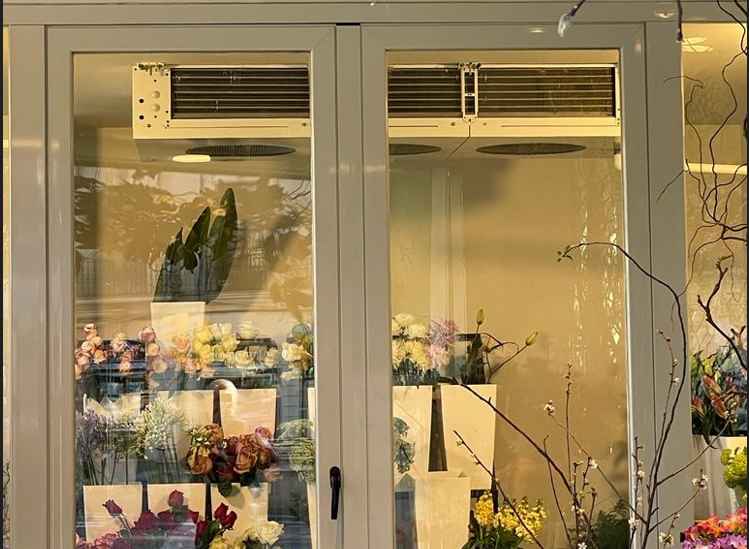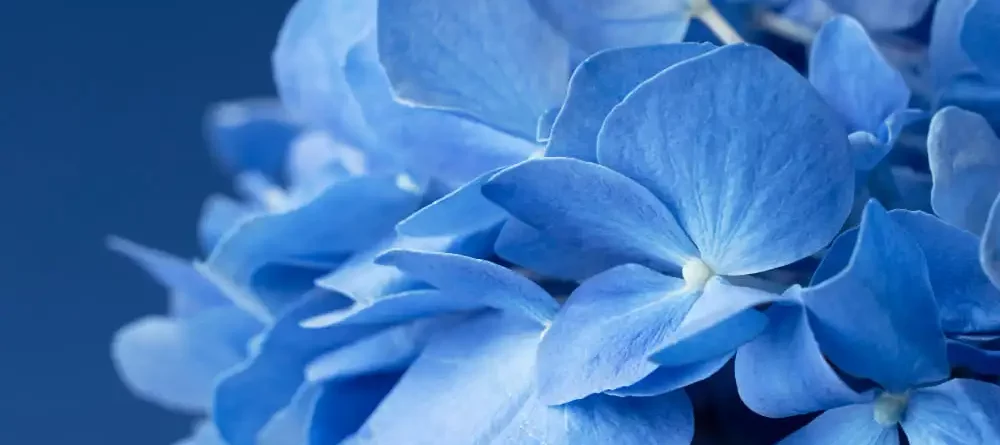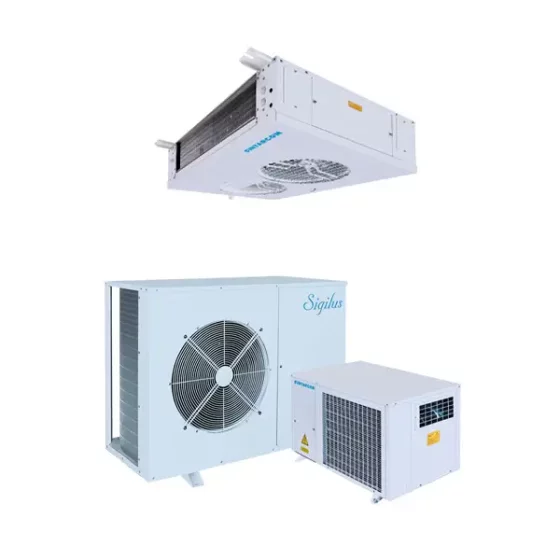Preservation of ornamental flowers
A flower or ornamental plant is one that is grown and marketed for decorative purposes because of its aesthetic characteristics, leaves, smell, stem… Flowers bring us away and accompany us in the most emotional moments of our lives: births, weddings, anniversaries, birthdays, and even at the funerals of our loved ones.
Whenever we cut flowers in the field, or in a pot, we try to keep them alive, strong and colourful for as long as possible. To achieve this, most people put the flowers in water, but this only delays their wilting for a few hours.
When we talk about the sale of flowers, one of the most important challenges facing the floristry industry is the preservation of flowers as they travel around the world. As soon as the flowers are cut from the plant, they begin a natural process of decay that spoils their aesthetic value and commercial potential. The slightest change in environmental conditions can damage the petals, thus diminishing the economic value of the flower. On the other hand, excessive cold or sudden changes in temperature can also damage the flower.
Why keep flowers in cold room?
Companies in the floriculture industry, planters, pickers and florists use refrigeration in special cold rooms to preserve and guarantee the freshness of their flowers, maintaining the quality of their floral arrangements, and thus offer the best product to their customers.
The main reasons for keeping flowers are:
- Extend flower life
- Reduce the respiration rate of flower
- Decrease water loss by transpiration
- Reduce the spread of micro-organisms
- Decrease sensitivity to ethylene gas, the “hormone” of ageing in flowers
Cold rooms used for the preservation of ornamental flowers must have a sensor that controls the temperature as well as the humidity level in the room, as these are two essential aspects to extend the useful life of the flowers, maintaining their appearance and delaying their decomposition as much as possible. These conditions will replicate a natural environment to the maximum.

The freezing of flowers is as harmful as natural decay itself, as low temperatures damage the flowers irreparably. For this reason, cold rooms for flower preservation are adapted to temperatures just above freezing point. Although it varies depending on the climate, type of flower, size of the cold room and speed of replenishment, most cold rooms are set between 1 and 10ºC.
Humidity levels are also variable, and in some cases special sprinklers or humidifiers are installed inside the cold stores for better preservation of the finished flowers.
Another point to take into account in the flower storage rooms are the doors, which must be adapted to the needs of each installation, depending on the volume of daily openings.
Let’s take a look at how temperature and humidity influence the preservation of flowers.
Optimum temperature for the preservation of flowers
The optimum temperature for the preservation of flowers depends on the type of flower to be preserved. A temperature-optimised cold room makes it possible to extend the freshness of the flowers to double or triple the time than if they were at room temperature, extending their freshness in some species up to 21 days.
The temperature in the flower storage room should be between 1 and 3°C for cut flowers. Also, these flowers should be placed in a container with fresh, clean, bacteria-free water. This prevents the flowers from losing their petals and leaves.
For example, a flower or a flower arrangement for a bridal bouquet that is at an ambient temperature of 30°C will age up to 40 times faster than a flower kept at 2°C.
Humidity as a key in flower preservation
The humidity level is also a key in the preservation of ornamental flowers, since an environment with a humidity level of between 80 and 95 %. This humidity level varies according to the type of flower. The petals of some flowers become undesirably dry when the relative humidity in the cold room falls below 70 %.
For example, carnations last two to three times longer if they are kept in a humidity-saturated environment (90-95 %) than in a drier environment (80-90 %). High humidity is necessary to ensure good opening of carnations and chrysanthemums cut into buds. In dry packaging (absorbent sponge), it is easy to keep the relative humidity high in moisture-proof packaging or containers, as the atmosphere surrounding the flowers quickly becomes saturated.
Refrigeration equipment for flower preservation
INTARCON has specific solutions to control temperature and humidity in cold rooms thanks to its high humidity refrigeration equipment.
These units consist of a low-noise or centrifugal condensing unit and a double airflow evaporator unit. They are set for high relative humidity. The evaporator has a double air supply through oversized coils in order to obtain a high relative humidity level inside the cold room of around 95 %, thus preventing moisture loss and consequently wilting of the flower.






